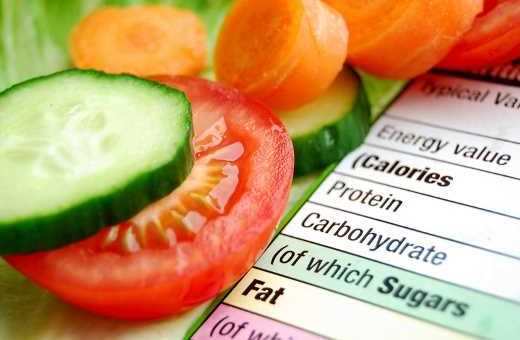A “Free” Food Nation
Sugar and fat free foods aren’t as sweet as they might seem.
There is a popular saying about a particular curly haired little girl. It is said that this child was of a naturally even and good natured temperament with no more childishness than could be expected. That is unless something was amiss- then this curly haired cherub was horrid. Why the lesson in folk sayings? Because it is particularly apt to subject at hand of fat and sugar free foods and the dieter's dinner plate.
What is Amiss?
At first glance the idea of a sugar free and fat free food would seem to equate a guilt free indulgence. This is an especially accurate assumption since the vast majority of sugar or fat free foods are found in the form of formerly sinful foods. It is as if the makers of such sinless delights targeted the no-no list of dieters everywhere.
So what’s the big deal? There are several reasons why the ‘free’ food revolution is a flop rather than a success. Some foods are not diet-friendly, no matter who makes them or how they're made. A truly successful diet, or rather lifestyle, involves a certain amount of self-control and self-denial. That is not a bad thing.
Horrid Scenario #1
The first and possibly most dangerous side effect of free foods is the chemicals used to achieve the absence of sugars and fats. One of the most common sugar substitutes is aspartame. There are over 90 ill effects to health caused by aspartame on file with the FDA. The correlation between some of these and aspartame isn't entirely certain, but it still isn't an additive you want to consume in large quantity.
Horrid Scenario #2
Everyone knows that fats and sugars are not the best substances for the body. Foods made sinless by their removal may seem like a dream come true, until consumption levels double and triple because self control and discipline take a walk when the words fat-free come into view.
Calories are still calories no matter how sugarless the source. Medical studies have found that these ‘sinless’ foods actually accelerate weight gain. There is a marked tendency to over-eat, rationalizing away the calories- because they are free, right?
Horrid Scenario #3
Nutritionally poor foods like cakes, chips, cookies, and candies are usually the ones touting their fat and sugar free banners. As the eating of such foods increases, consumption of other nutrient-rich foods like whole grains, fruits, and vegetables, decreases.
Is There Any Hope?
You don't need to entirely give up fat and sugar to lose weight! This is an oft-circulated myth among supposed “diet gurus” who push salads, chicken, and rice as the only way to lose weight. You can still enjoy your favorite treats- just not all the time.
As with pretty much anything in life, moderation is key. Just as you wouldn't drink 24 glasses of water in one day, you shouldn't be eating two slices of cake after dinner every night. As long as something fits in your calorie and other macro goals for the day, that's ultimately what matters.
Of course, that doesn't mean you have a free pass to prioritize sugary and fatty foods. You still need to give precedence to fruits, vegetables, grains, and other similar food groups. Focusing on foods that give you the nutrients you need is key; once those are out of the way, you can indulge if you still have room.
It's important to never become obsessive about the food you eat. It can be tempting, but it isn't wise. Obsession can quickly spiral into a huge problem, leading you to depression, anxiety, or an eating disorder. You don't want to get to a point where you're afraid of food or where you see it as your enemy. By living a life of balance, you can avoid this issue.
The bottom line is that to have a really balanced diet, it needs to include all the food groups, including fats, sugars and leafy greens in their proper proportions. The closer a food is to its source, the less you have to worry about what harm it will do to your body (and your waist).
The image featured at the top of this post is ©Lucian Milasan / dreamstime.
